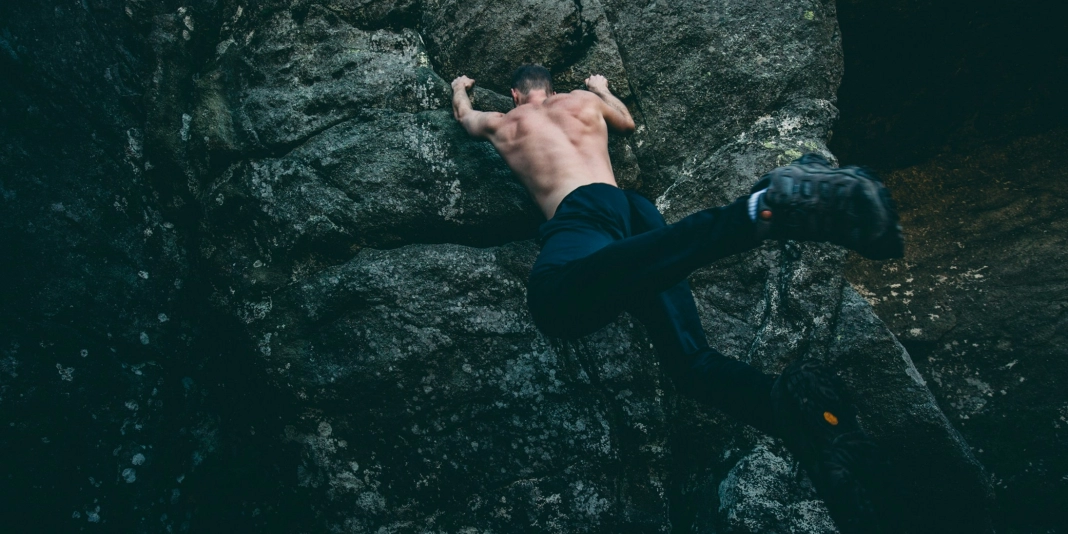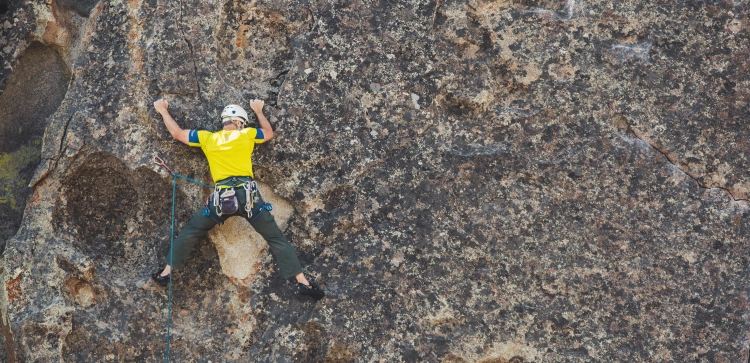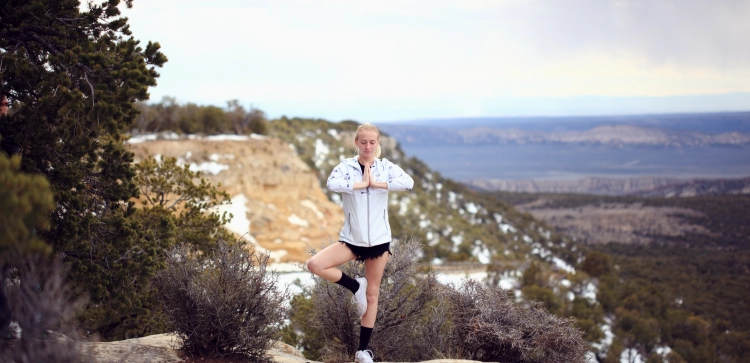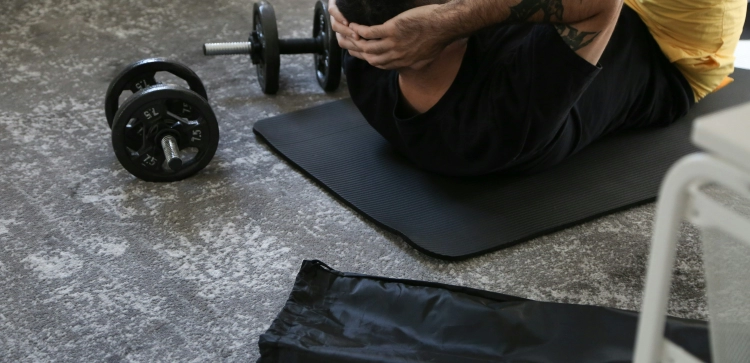What's The Impact Of Climbing On Overall Fitness?

Climbing, beyond its adventurous allure, is a dynamic and physically demanding activity that engages various muscle groups and cardiovascular systems. In this comprehensive guide, we will delve into the multifaceted impact of climbing on overall physical fitness, examining how this exhilarating pursuit contributes to strength, endurance, flexibility, and cardiovascular health.
- Muscular Strength And Endurance
- Cardiovascular Fitness
- Flexibility And Range Of Motion
- Core Strength And Stability
- Mental Fitness And Cognitive Benefits
- Weight Management And Body Composition
- Addressing Common Questions And Concerns
- Can Climbing Be An Effective Full-Body Workout?
- Is Climbing Suitable For Individuals Of All Fitness Levels?
- How Does Climbing Compare To Traditional Exercise?
- Conclusion: The Ascent To Holistic Fitness
Muscular Strength and Endurance
Full-Body Engagement
Climbing necessitates the use of the entire body, from the legs pushing off footholds to the arms pulling on handholds. This full-body engagement results in the development of muscular strength and endurance. Climbers often exhibit well-defined and balanced muscle tone across major muscle groups, including the core, arms, legs, and back.
Isometric and Dynamic Contractions
Climbing involves a combination of isometric contractions, where muscles remain contracted without changing length, and dynamic contractions, where muscles shorten and lengthen during movement. This dual nature of muscle engagement contributes to both strength and endurance development.
Cardiovascular Fitness
Elevated Heart Rate
As climbers ascend routes, the cardiovascular system is actively engaged. Climbing requires sustained effort, leading to an elevated heart rate that promotes cardiovascular fitness. The aerobic nature of climbing contributes to improved heart and lung health, enhancing overall cardiovascular endurance.
Interval Training Benefits
Certain climbing styles, such as bouldering or high-intensity climbing intervals, mimic aspects of interval training. This training approach, characterized by alternating periods of intense activity and rest, is known to enhance cardiovascular fitness and metabolic efficiency.
Flexibility and Range of Motion
Dynamic Movements
Climbing demands a wide range of dynamic movements, encouraging flexibility and improved joint mobility. From reaching for distant holds to executing precise foot placements, climbers regularly perform movements that enhance overall flexibility and promote functional range of motion.
Flexibility Training in Climbing
Climbers often incorporate stretching and yoga into their training routines to complement climbing-specific flexibility needs. These practices contribute to increased suppleness, reducing the risk of injuries and promoting overall joint health.
Core Strength and Stability
Core Activation in Climbing
A strong and stable core is fundamental to climbing success. Climbers engage their core muscles to maintain balance, execute controlled movements, and stabilize the body during challenging climbs. This constant activation contributes to the development of core strength and stability.
Core Training Beyond Climbing
Climbers often incorporate specific core training exercises into their routines to target abdominal, oblique, and lower back muscles. This supplementary training further enhances core strength and stability, benefiting overall fitness.
Mental Fitness and Cognitive Benefits
Focus and Concentration
Climbing requires intense focus and concentration, particularly when navigating intricate routes or overcoming challenging sections. The mental demands of climbing contribute to improved cognitive function, including enhanced problem-solving skills and heightened spatial awareness.
Stress Reduction and Mental Resilience
Engaging in climbing, especially in outdoor settings, provides an opportunity for stress reduction and mental resilience. The combination of physical activity, exposure to nature, and the mental challenges of climbing promotes a positive impact on mental well-being.
Weight Management and Body Composition
Caloric Expenditure
Climbing, being a physically demanding activity, results in significant caloric expenditure. This, coupled with the muscle-building effects of climbing, contributes to weight management and improved body composition.
Balanced Muscle Development
Climbing promotes balanced muscle development, preventing the development of muscular imbalances that can arise from repetitive movements in certain sports or exercise routines. This balanced development contributes to overall physical harmony.
Addressing Common Questions and Concerns
Can Climbing Be an Effective Full-Body Workout?
Yes, climbing is an effective full-body workout that engages multiple muscle groups simultaneously. The dynamic and varied movements involved in climbing contribute to comprehensive strength development across the body.
Is Climbing Suitable for Individuals of All Fitness Levels?
Climbing is adaptable to individuals of various fitness levels. Beginners can start with less challenging routes and gradually progress, while experienced climbers can continually challenge themselves with more difficult climbs. Climbing gyms often offer routes of varying difficulty to accommodate diverse fitness levels.
How Does Climbing Compare to Traditional Exercise?
Climbing offers a unique blend of physical and mental challenges, making it distinct from traditional exercises. While traditional exercises focus on specific muscle groups, climbing engages the entire body in a dynamic and functional manner, promoting a holistic approach to fitness.
Conclusion: The Ascent to Holistic Fitness
Climbing transcends the realms of a thrilling adventure; it serves as a gateway to holistic fitness. From muscular strength and cardiovascular health to flexibility, core stability, and mental resilience, climbing offers a diverse array of physical and mental benefits. As climbers ascend vertical landscapes, they embark on a journey towards overall physical well-being, proving that the ascent to holistic fitness is as exhilarating as the climb itself.
















